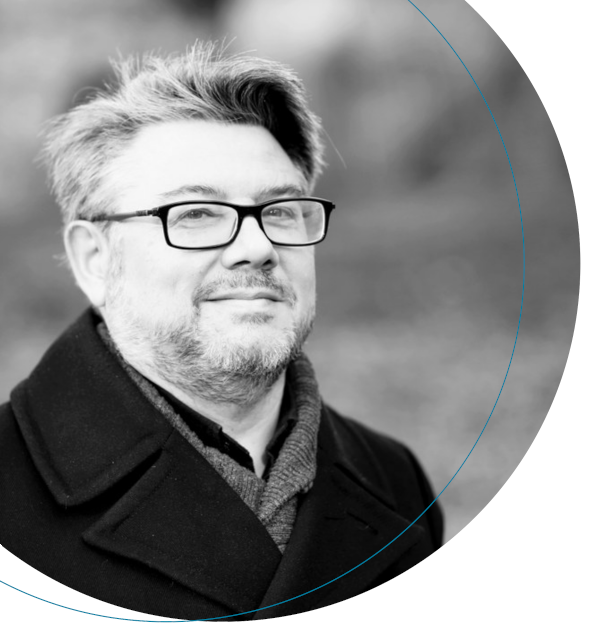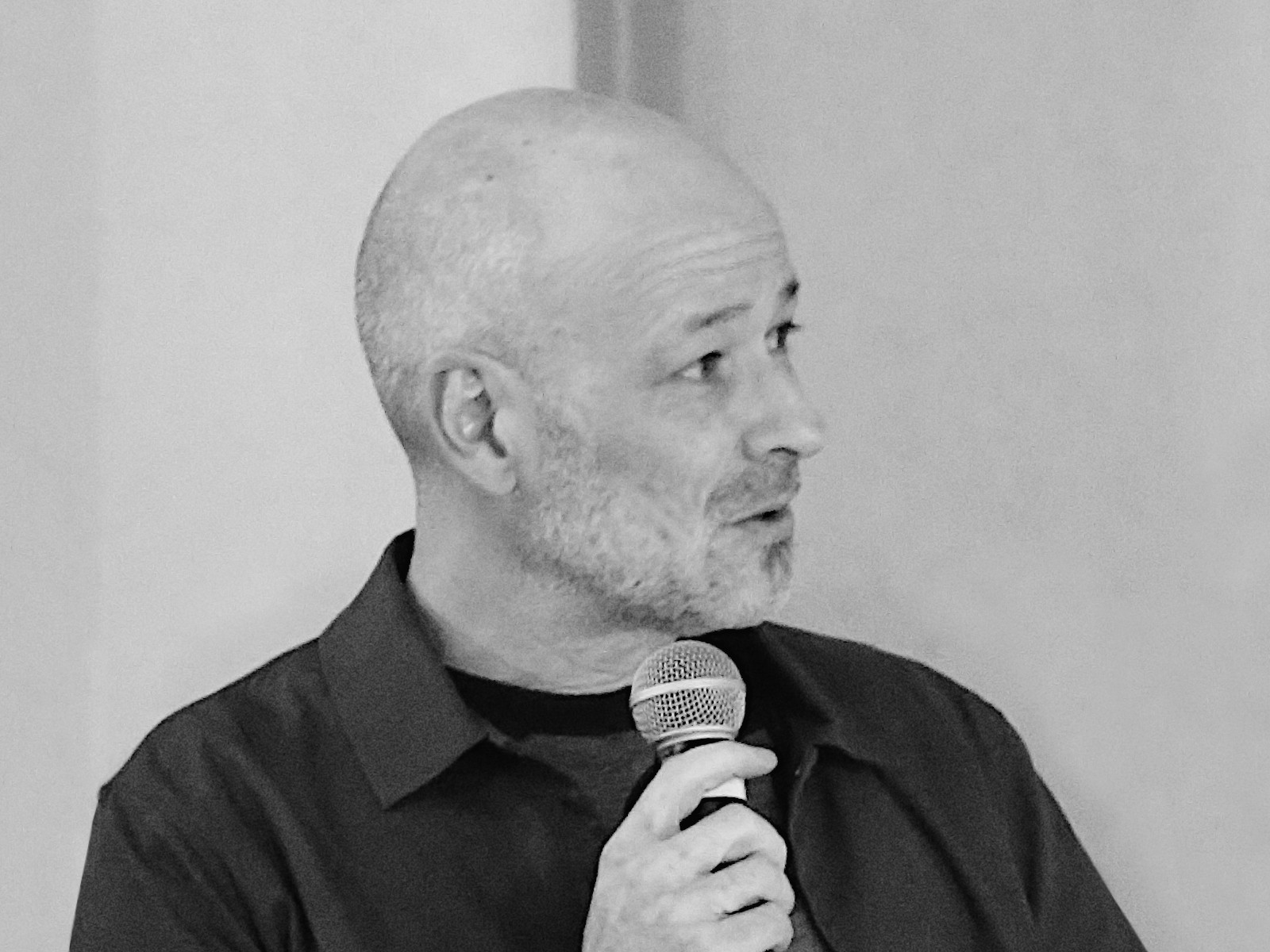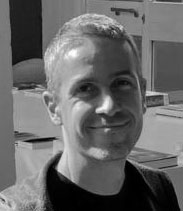Meet our team members and collaborators.

He got his PhD in Computer Science at the Ecole Normale Supérieure de Lyon in 1998.
He has been recruited as an assistant professor at the Université de Provence (now
Aix-Marseille Université) in 2001. He got the habilitation thesis in 2002 from the
same university. He was hired as full professor at Université Nice-Sophia Antipolis
(now Université Côte d’Azur) in 2003. He is currently exceptional class professor at
the Université Côte d’Azur.
Enrico is (co-)editor in chief of the international journal RAIRO-ITA. He is also
associated editor for the international journals: Theoretical Computer Science,
Natural Computing, Journal of Cellular Automata and Journal of Automata,
Languages and Combinatorics. He is also the author of more than 100 scientific
publications appeared in the best journals or conferences of his research domain.
His research interests comprise: discrete dynamical systems, chaos, tilings, and complex
systems in general. He is also interested in computational complexity, computability
and unconventional models of computation.
Since 2019 he started getting more and more involved in generative art where he explores
the connections between art, population dynamics and tilings.

Jean-Louis Paquelin is an artist who teaches and does research at the Villa Arson in Nice. He studied computer science, and has since participated in numerous research projects in various fields such as linguistics, sports, sustainable development or education. His interdisciplinary contributions are supported by his skills in computer science, his artistic work, and his great curiosity for a wide variety of subjects.
His artistic production began in 1995. It was inspired by a taste for original contemporary productions in art and music. It was also the result of chance encounters with visual artists and musicians such as Paul Devautour, Jérôme Joy and Luc Martinez. In 2001 he was recruited by the Villa Arson, which was then an experimental school in art and research, to work alongside the teaching staff and the artists in residence in order to establish a studio for the creation of digital art. Today he teaches programming as an artistic medium and as a tool for building a critical and constructive relation to the digital world.
His knowledge of computer science and his artistic practice have led him as a matter of course to become interested in generative art. He has contributed to the project G-Art with the first version of the library Python hoca (Higher-Order Cellular Automata).

After studying organ at the Bordeaux Conservatory, Christophe Robert obtained a DEM in composition and another in electroacoustic composition (Nice Conservatory). Most of his compositions are electroacoustic. He leads a work of vulgarization and research on algorithmic music via the website musiquealgorithmique.fr. He is currently a PhD student in creation/research at the University Cote d’Azur and at the Conservatoire à rayonnement régional de Nice. His research focuses on the relationship between electroacoustic aesthetics and generative music.